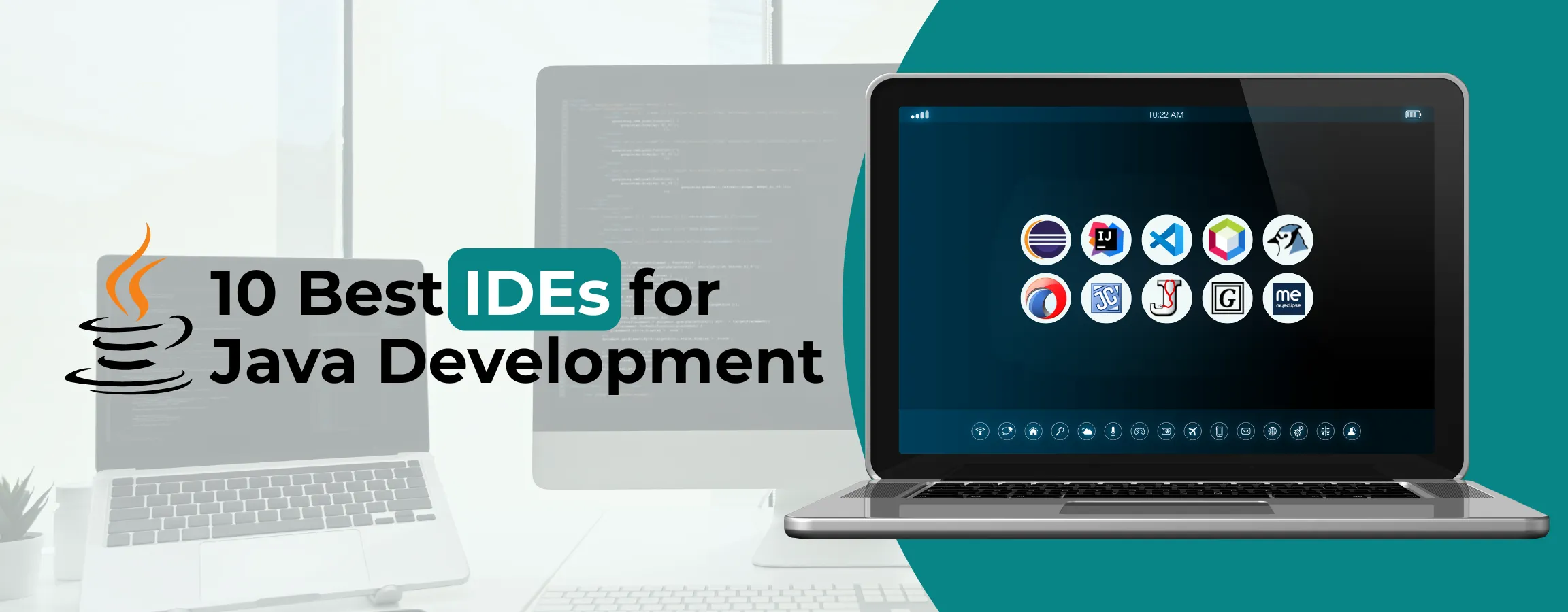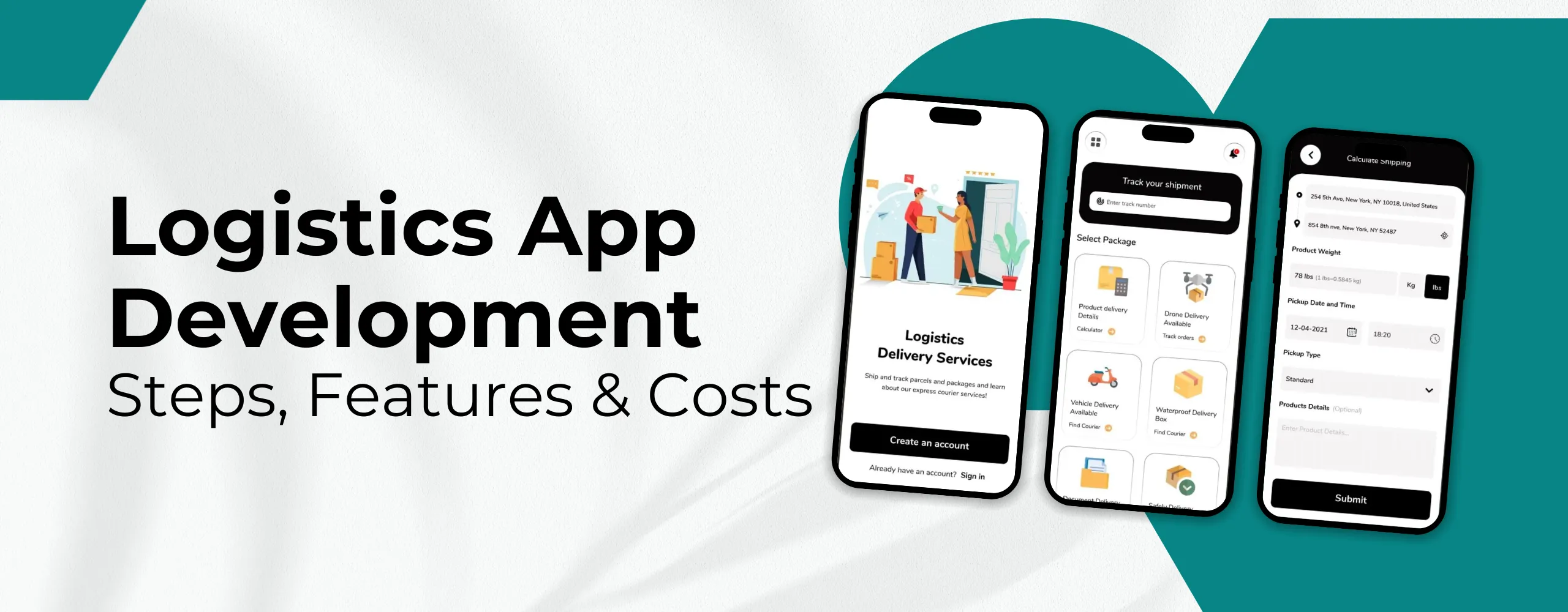
Containers have transformed how we build and run software. By packaging everything an app desires—code, dependencies, and runtime—into one portable unit, they remove the “it really works on my machine” trouble. Developers can check and set up apps continuously across any environment, from laptops to cloud servers.
Containers don’t just make things simpler—they also help companies save money, work better, shape AI projects more easily, and automate more tasks.
Sounds like something you need? You’re not by yourself.
But with a couple of structures available, which one ought you to select? In this blog, we’ll explain the top two container structures, comparing them on ease of use, flexibility, scalability, and safety.
What is Kubernetes?
Kubernetes is an open-source platform delivered by Google in 2014 to simplify the deployment, scaling, and management of containerized applications. Sometimes it is called K8s; the eight shows the wide variety of letters between “K” and “s”.
Built on Google’s experience with interior software like Borg, Kubernetes has ended up as the industry standard for field orchestration, supporting teams to automate and streamline complex operational tasks throughout any environment.
Key Features of Kubernetes
Automated Orchestration
Kubernetes helps run and handle containers without manual work. It routinely starts off containers, distributes them throughout servers, restarts them in the event that they fail, and makes sure the entirety stays up and running.
This keeps the meaning same, avoids redundancy, and doesn’t imply you’re instructing AI—just clarifying Kubernetes’ features.
Scalability
With Kubernetes, apps can scale up or down based on demand. This dynamic scaling optimizes aid utilization and facilitates holding regular performance below various hundreds.
Self-Healing
The platform constantly monitors application health and can automatically restart or replace failed containers. This built-in resilience improves reliability and reduces manual intervention.
Declarative Configuration
Kubernetes lets users define the preferred state of applications using YAML or JSON configuration documents. It then works continuously to maintain that state, making deployments more predictable and repeatable.
Portability Across Environments
It has nothing to say about where you distribute the Kubernetes, providing flexibility and stability, making the true multi-cloud operation possible.
Benefits of Kubernetes
1. Automated Operations
Kubernetes simplifies regular functions with underlying automation. This ensures that your application is expected, automatically reproduces failed containers, and manages distribution with minimal manual effort.
2. Infrastructure Abstraction
Kubernetes takes care of data processing, networks, and storage so that developers can focus on the construction and operation of applications, not manage infrastructure.
3. Health Monitoring
Kubernetes is constantly examining the health of your services. If a container crashes or stalls, it automatically restarts and provides healthy services only to users.
4. Efficient Resource Use
It intelligently schedules containers primarily based on resource requirements, helping you use infrastructure more efficiently and decrease costs.
5. Simplified App Management
Kubernetes offers a steady manner to set up, replace, and manage applications, regardless of how complicated they are.
6. Portability Across Environments
As an open-source platform, Kubernetes moves evenly in the on-premises system and public clouds, giving you flexibility and freedom as needed.
How Kubernetes Works
As applications grow and run across many containers and servers, managing them can become complex. Kubernetes makes this easier. It combines containers in pods and uses an open-source API to automate distribution, scaling, and control. From detecting services to balancing traffic and managing resources—even fixing failed containers—Kubernetes does it all. Let’s go through how it works, step by step:
- Define the Application
Use YAML files to describe your app—what resources it needs to run containers (e.g., CPU or memory) and how to connect them to the network. - Send to Kubernetes API
Use the kubectl prompt tool to send the YAML files to Kubernetes. This tells Kubernetes what to do. - Scheduler Assigns Pods
The scheduler chooses the excellent nodes (servers) to run the pods based totally on the requirements of your app. - Kubelet Runs the Containers
Each node has a Kubelet process. It takes instructions from Kubernetes and starts your containers. - Expose the Application
Kubernetes Services provides an app with a stable IP and DNS. It makes it easy to find and connect to other apps, even with the changes below. - Controllers Monitor and Heal
Controllers constantly watch your app. If something breaks (like a crashed pod), they fix it automatically by restarting or replacing it. - Scale and Update with Ease
Need more power? Just increase the number of replicas. Want to update your app? Kubernetes handles rolling updates without shutdown.
What is Docker?
Docker, introduced in 2013, is a free tool that supports developers to build, ship, and run applications easily. Instead of worrying about the installation difference between the computer, Docker wraps the app and everything required in a small, portable container. These containers run in the same way—on laptops, servers or clouds—very smoothly for growth and distribution.
Key Features of Docker
Docker Engine
In the middle of the platform, the Engine acts as a runtime as a stock and runs the container. It handles main tasks such as creating Docker images, starting containers and distributing images, which are necessary for effective DevOps and modern applications that are made.
Docker Hub
This cloud-based registry simplifies the sharing and management of container images. This allows teams to easily save, find and pull the images. By packing code with runtime, tools and territories, developers can ensure that their apps are running continuously in any environment.
Docker Compose
Compose makes managing multi-container programs really easy. This allows you to define all services and configurations in a file, which streamlines the process of production, testing and distribution of the entire environment.
Abstraction Layer
One of Docker’s essential features is that it makes sure your app runs smoothly regardless of where you set it up. Whether it’s on a laptop, physical server, or cloud platform, Docker continues the environment consistently so there are no surprises.
Benefits of Using Docker Containers
Docker containers offer the most important benefits in both flexibility and portability on the subject of utility development and deployment.
Application Flexibility
- Docker packages the application with its addiction, reducing the conflict between the growth and production environments.
- With tools such as Mesos, Docker containers can be determined and distributed in groups of physical or virtual machines.
- Each container moves isolated from the host system and ensures a safe and controlled environment.
- Docker microservices support architecture so the app can divide into small services. This helps the teams create, update and score services independently.
- Light containers make new features easier to test and prototype quickly.
Application Portability
- The Docker Compose lets you define the multi-container apps in the same file, making the purpose and management simple.
- The Docker containers are like lightweight apps that do not require their own full computer to run. Instead of using many resources such as virtual machines, they share the main parts of the computer they are on.
- The best part? You can run these containers on any computer where there is Docker—whether in your room, school, or cloud—and they will do the same every time.
How Docker Works
Docker is a system that uses operating-system virtualization to distribute applications in containers. It depends on a client-server architecture.
Here’s an easy step-by-step look at behind the scenes of Docker:
- Build a Docker Image
Start by writing a Dockerfile. It defines everything your app needs, like the base image, code, dependencies, and commands to run. - Create a Container
Use Docker Engine to turn your Dockerfile into an image. Then, launch that image as a container, your app running in its own safe, isolated space. - Use Docker Hub
You can store and share your images using Docker Hub, a cloud-based registry. This makes it easy for teams to access and deploy containers. - Run with Docker Compose
Docker Compose assists you manage apps with several parts—like a web server and a database—by setting them all up from one configuration file. - Isolated and Lightweight
Each container runs differently in an independent way, shares the host OS, but does not interfere with other apps. It improves speed, safety and resource competence. - Portability and Flexibility
Docker containers have all the things they need to run, so they do the same work on any machine that has installed Docker—whether on your own server or in the cloud.
Kubernetes vs Docker: What’s the Difference?
The significant difference between Kubernetes and Docker lies in their roles in the container ecosystem. Think of Docker as a lunch box – it requires your app’s needs (code, tools, settings) to be a small, clean container so that it can move anywhere. Kubernetes is like a school cafeteria manager. It takes care of a lot of the lunch box, decides where to go, how much is needed, and makes sure everything goes smoothly.
Here’s a quick look at how they differ:
| Aspects | Docker | Kubernetes |
|---|---|---|
| Scope | Container Packaging | Container Orchestration |
| Fault tolerance | No self-healing | Automatic issue recovery |
| Scaling | Single-host basic scaling | Multi-node dynamic scaling |
| Open-Source Availability | Yes – Offers both open-source and commercial edition | Yes – Fully open-source project |
| Runtime | Uses RunC by default | Multiple runtime support (e.g., Containerd, CRI-O) |
| Health Probe Types | Basic healthcheck support | Liveness & Readiness probes |
| Ease of Setup | Easy to install and set up | More complex setup process |
Let’s dig deeper into the details of core differences:
1. Purpose and Function
Docker is used to produce, package and run containers. It develops a distinct environment for applications to run smoothly.
However, Kubernetes is about managing these containers. This scaling handles coordination and ensures that everything goes well in large, more complex environments.
2. Container Management
Docker is great for individual containers or control of small groups of them, often using Docker Compose or Docker for basic coordination. It is well-suited for simple applications or a development environment.
On the other hand, Kubernetes is designed to control loads or lots of code containers on several machines. It is designed for complicated, dispensed systems that require excessive accessibility and scalability.
3. Application Orchestration
Kubernetes shines in terms of orchestration. It offers integrated capabilities like automated scaling, rolling updates, provider discovery, and self-recuperation (restarting failed containers). These tools make it perfect for running manufacturing-grade company programs.
Docker Swarm does aid orchestration but has extra confined functions and adoption as compared to Kubernetes. It’s less difficult to install but might also fall quickly in large-scale or undertaking-critical environments.
Can Kubernetes and Docker Work Together?
Yes—they’re surely designed to work hand-in-hand. Docker is used to build and run deployable service units, at the same time as Kubernetes manages and orchestrates those lightweight execution units across multiple clusters. Kubernetes is predicated on field runtimes to do its task, and Docker has historically been one of the most commonly used runtimes. In brief, Docker handles the containers, and Kubernetes helps you scale and manipulate them correctly.
Docker Swarm vs. Kubernetes
Docker Swarm is Docker’s integrated tool for orchestrating packing containers. It’s less complicated to set up and works properly for smaller or simpler environments. Kubernetes, then again, is more effective. It’s now the industry standard thanks to its advanced functions, scalability, and strong community support. While Docker Swarm can be faster to get started with, Kubernetes gives more flexibility and manages complicated packages.
Use Cases for Kubernetes and Docker
Together, Docker and Kubernetes liberate the overall capability of containerized apps. Let’s explore how they work together in practical scenarios:
1. Deploying Microservices Applications
Microservices are made from small, independent components. Docker helps with the aid of packaging every microservice into its personal container. Kubernetes then oversees how those code containers are deployed, scaled, and up-to-date. This makes microservices much less tough to hold, scale, and isolate in case of troubles.
2. Dynamic Scaling
Kubernetes can automatically scale containers up or down depending on actual-time traffic. When demand increases, it adds more containers. When it drops, it reduces them. This helps save resources and costs while keeping performance steady.
3. Edge Device Deployments
Kubernetes can handle applications even on edge devices. Docker guarantees that apps run the same way everywhere—whether on a developer’s laptop or a remote device—with minimum compatibility concerns.
4. CI/CD Automation
In CI/CD pipelines, Docker packages applications into containers for consistent testing. Kubernetes automates its deployment, speeding up releases and reducing manual work.
5. Cloud-Native Flexibility
Both tools support multiple cloud platforms. This enables businesses to run their apps everywhere—on any cloud or even across a couple of clouds—without being stuck with simply one provider.
Final thoughts: Which one is right for you?
Choosing Between Kubernetes and Docker? You Don’t Have To.
While Kubernetes can work with other container tools, it was originally built to work well with Docker. In fact, much of its early documentation is based on Docker.
When used together, Docker and Kubernetes offer:
- Consistent and reliable container deployment
- Centralized management of container tools
- Strong infrastructure with automatic recovery
- Scalable support for cloud-native applications
It’s not really “Kubernetes vs Docker”—it’s “Kubernetes and Docker.” Using both gives your team a powerful setup for building, managing, and scaling modern, container-based apps. Our expert DevOps services help you to build and manage your Kubernetes and Docker environment so you can take smarter, faster action.










